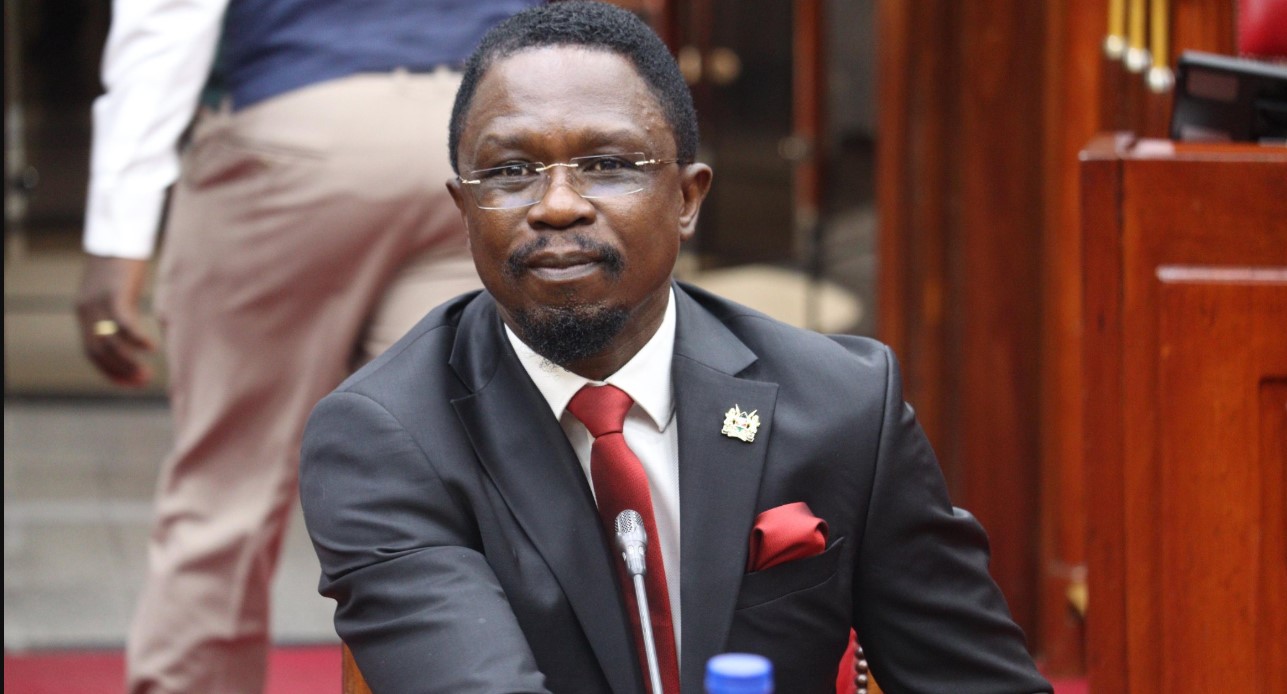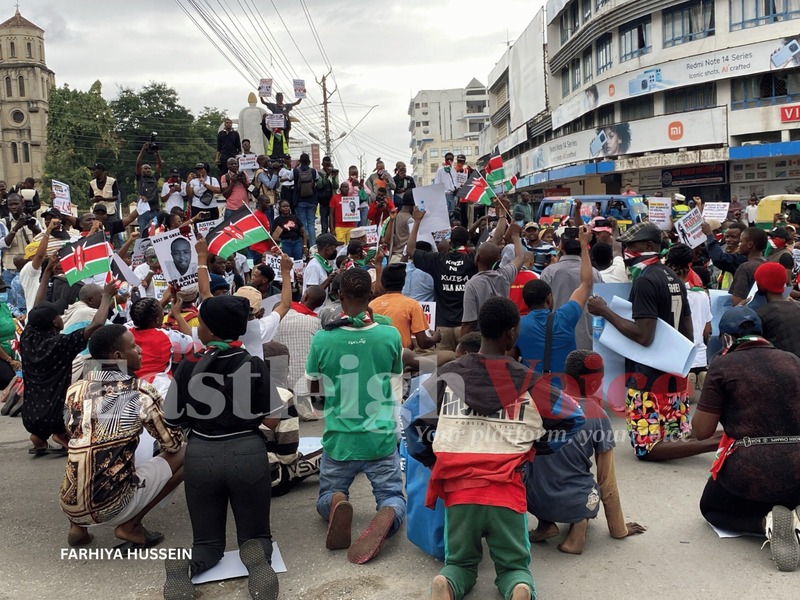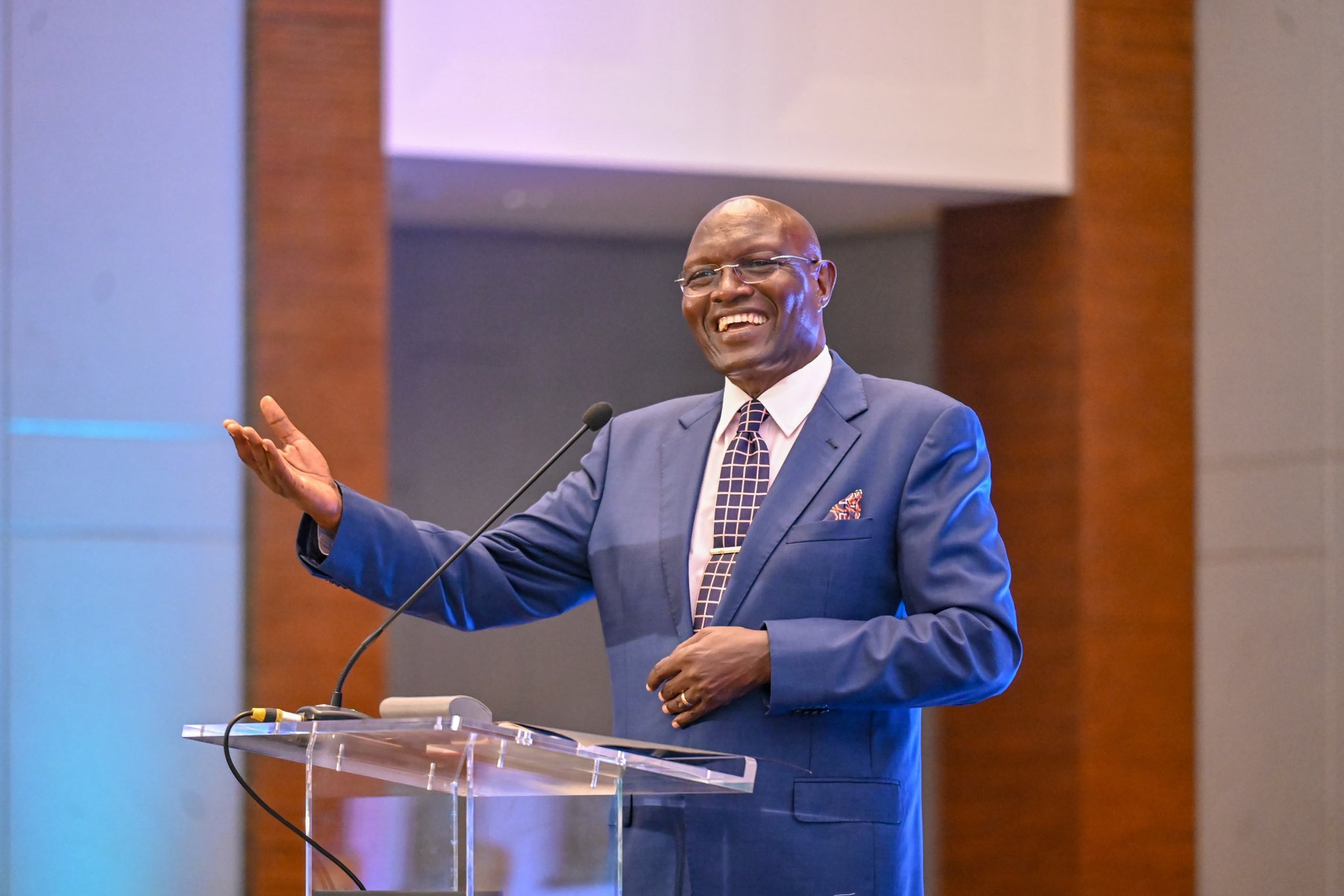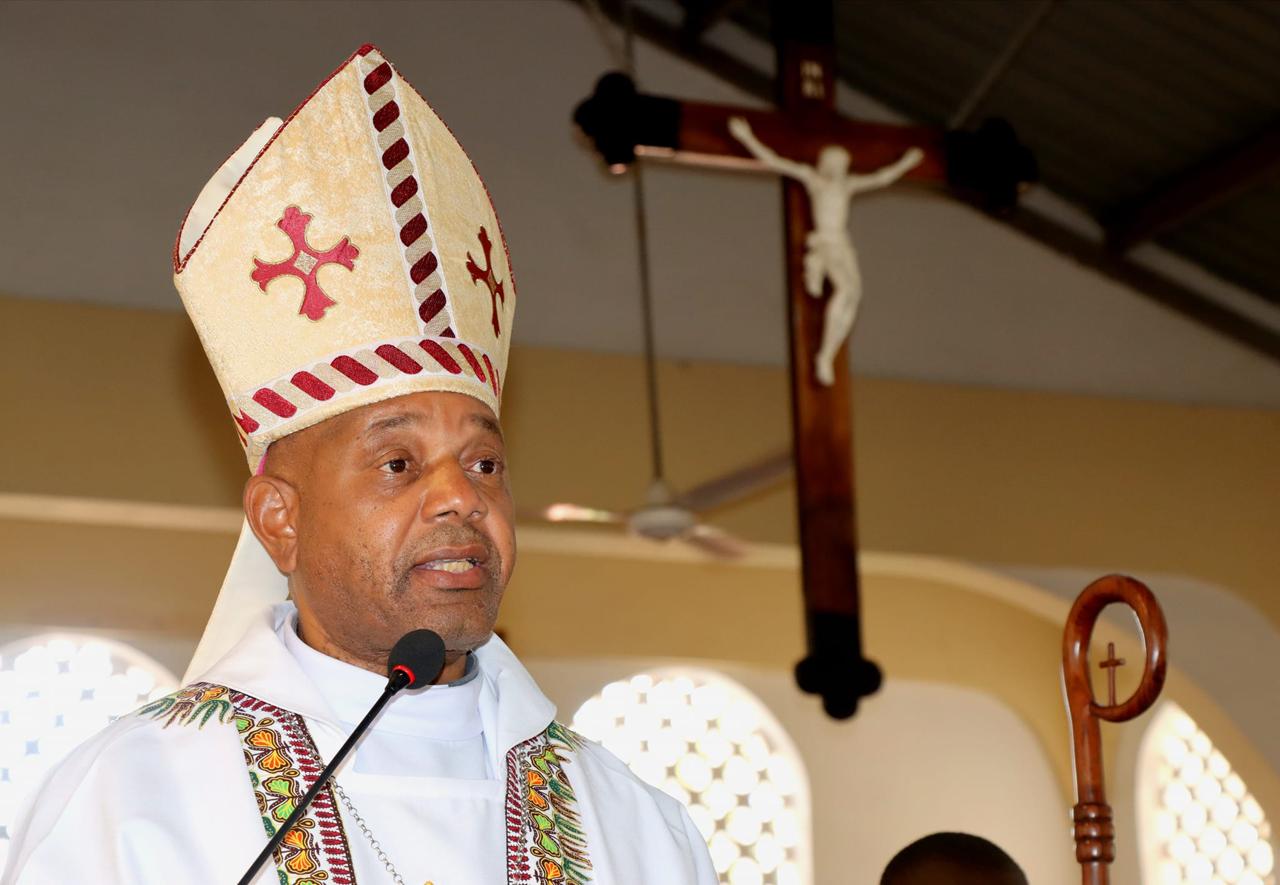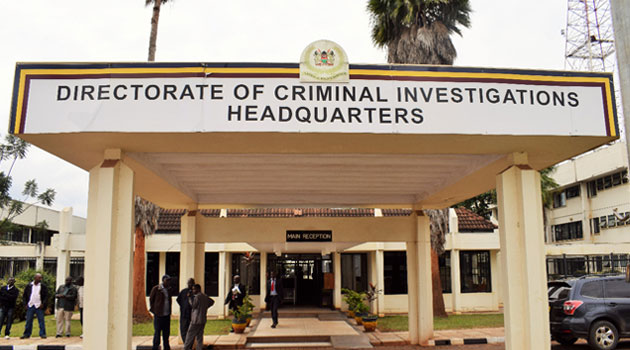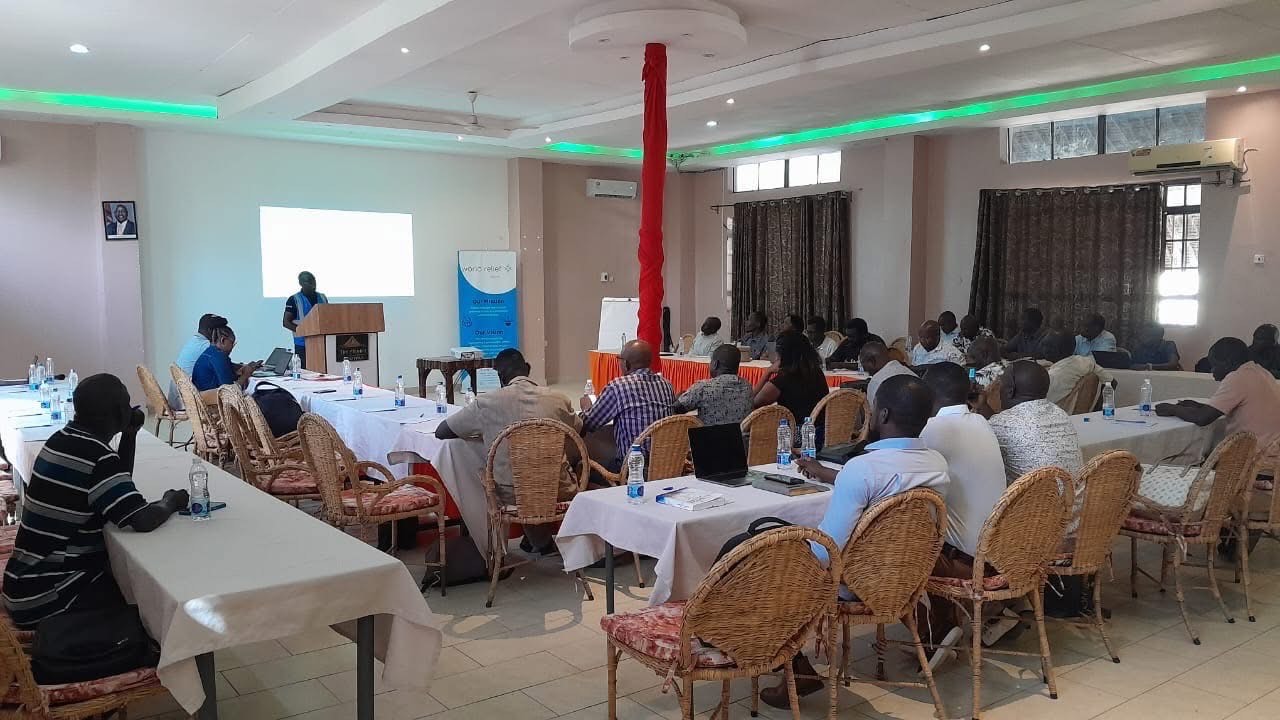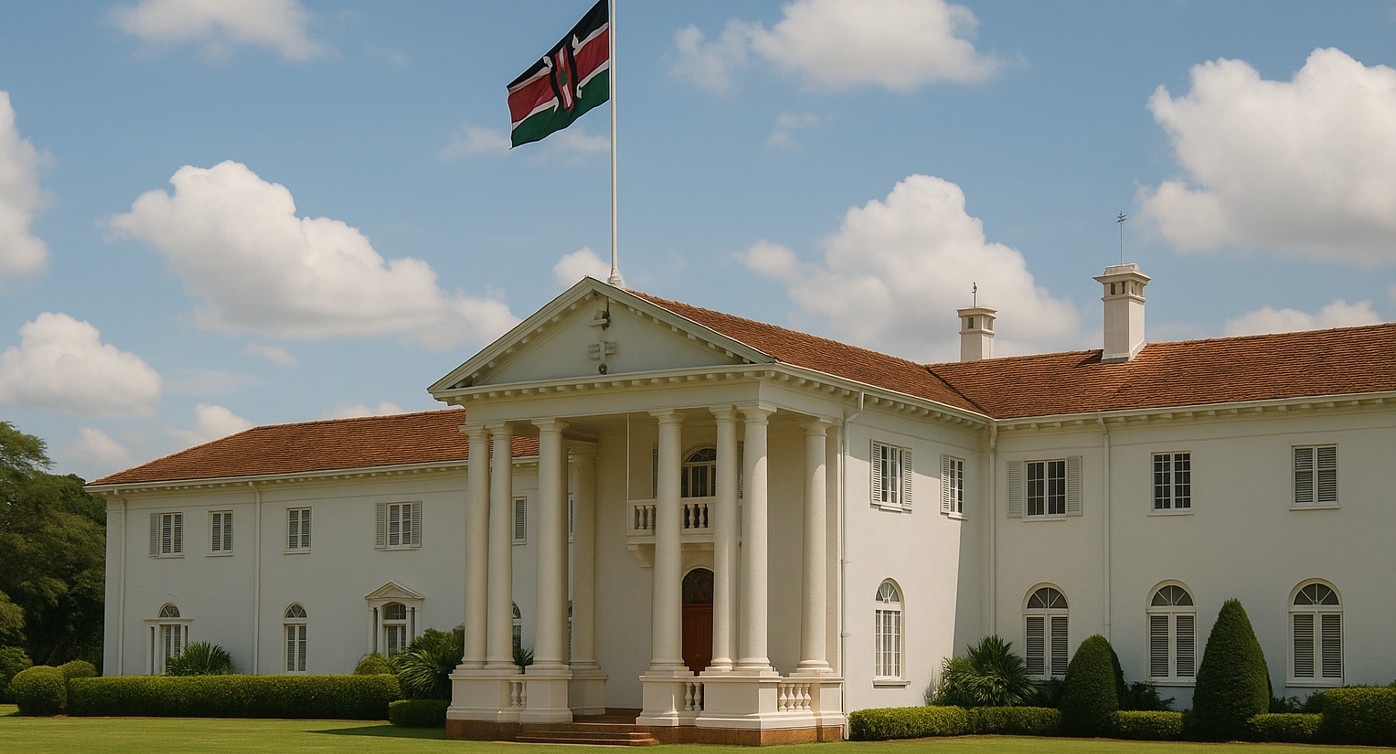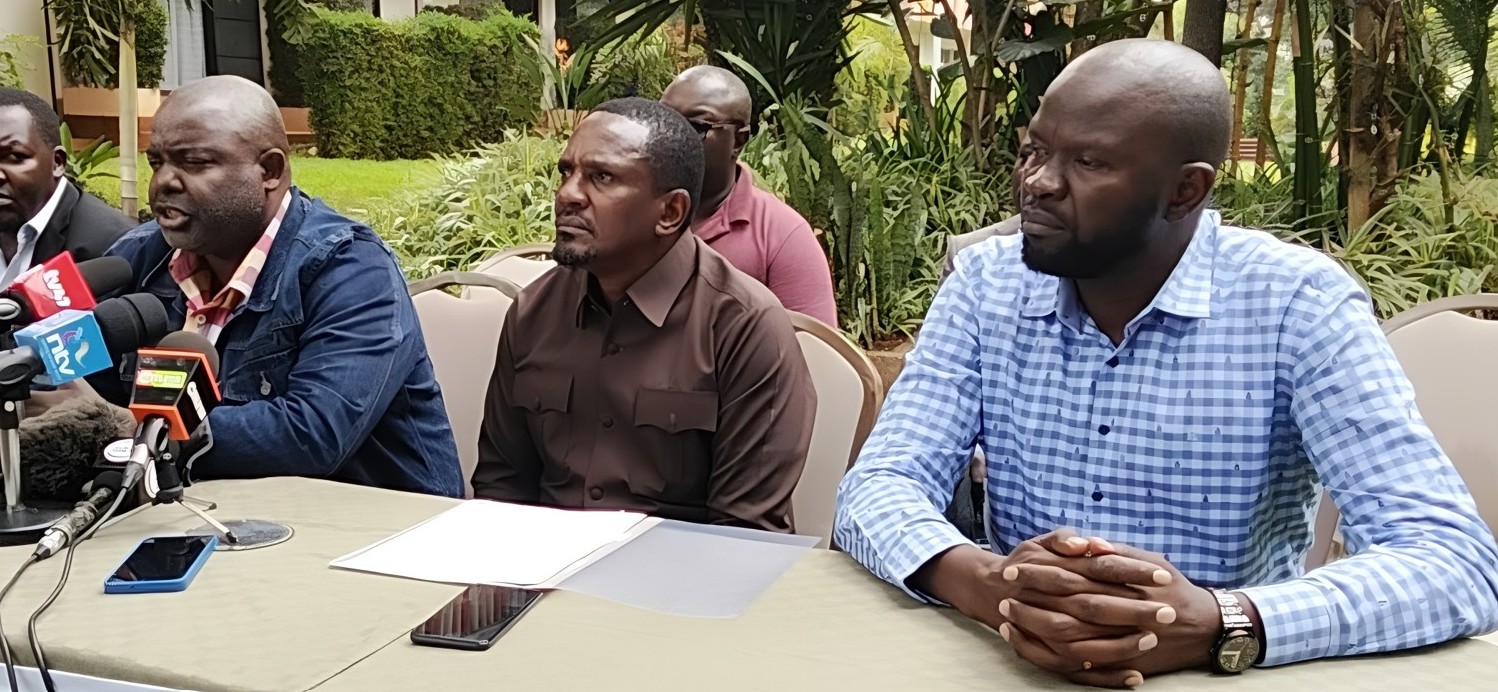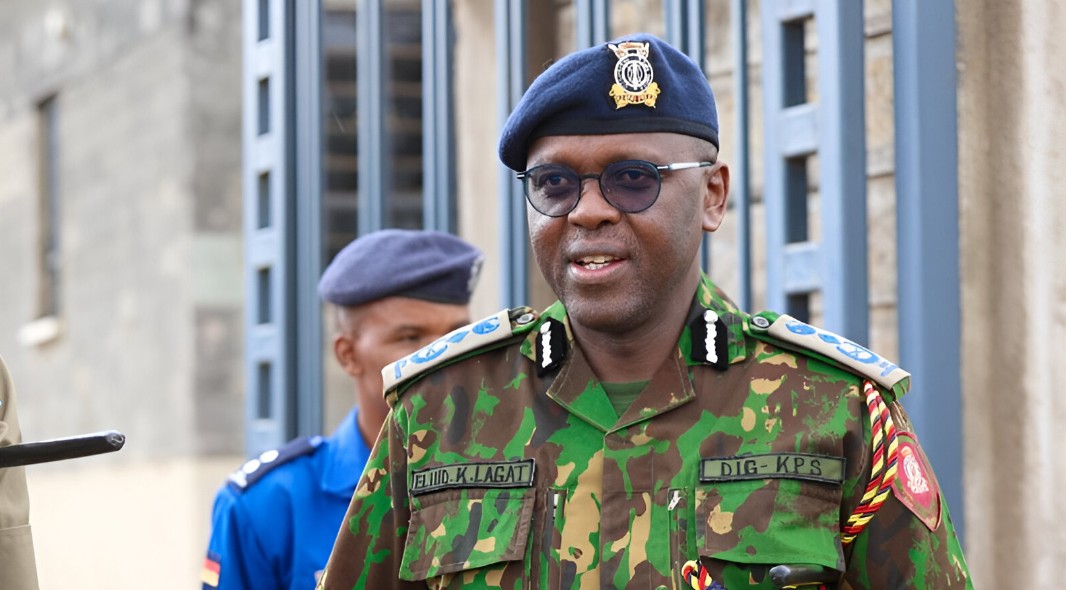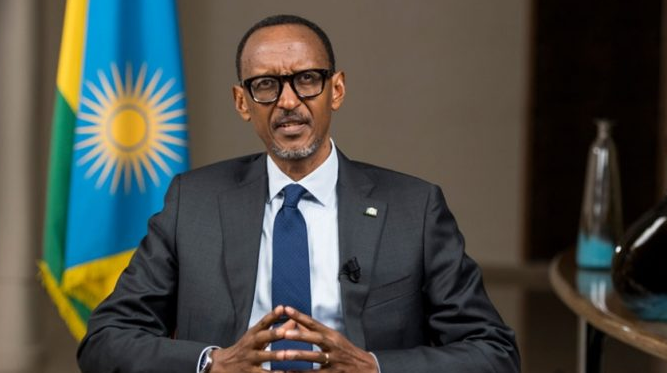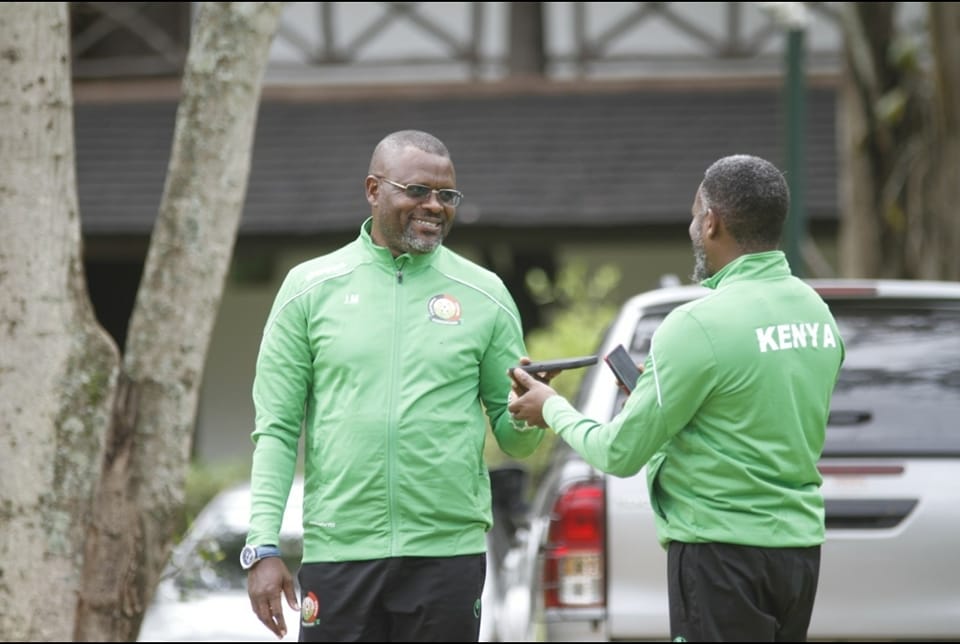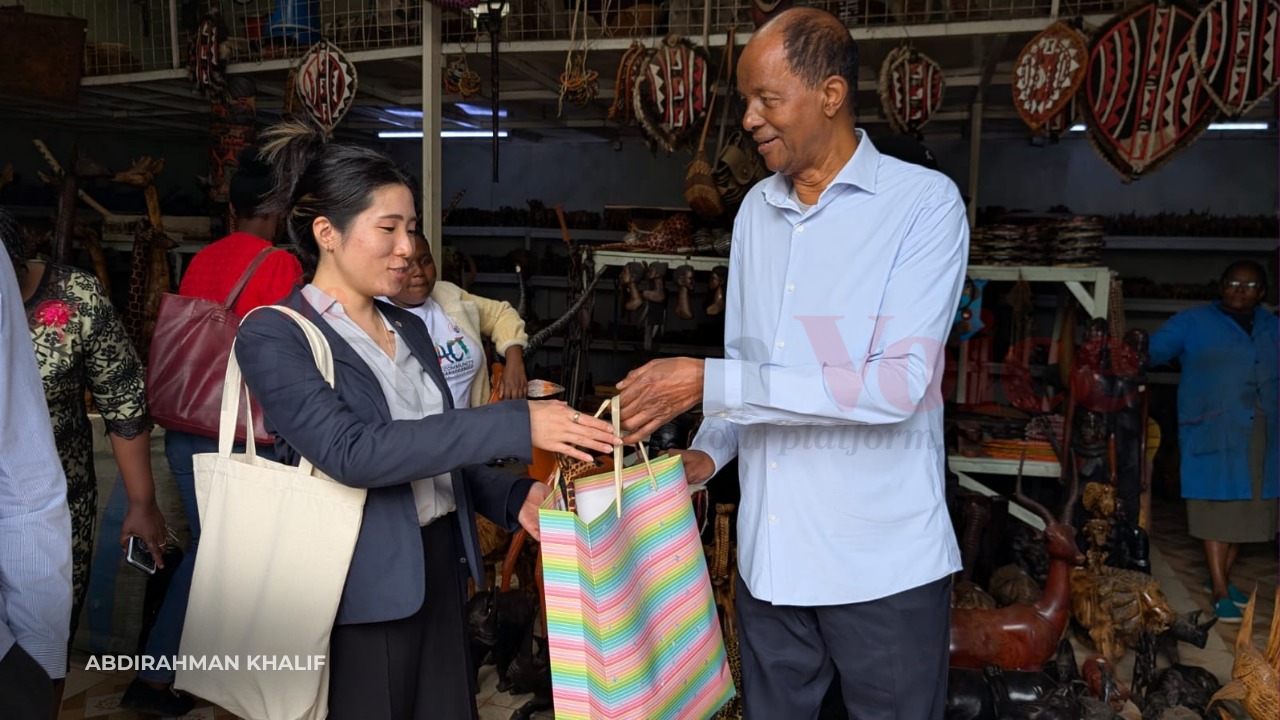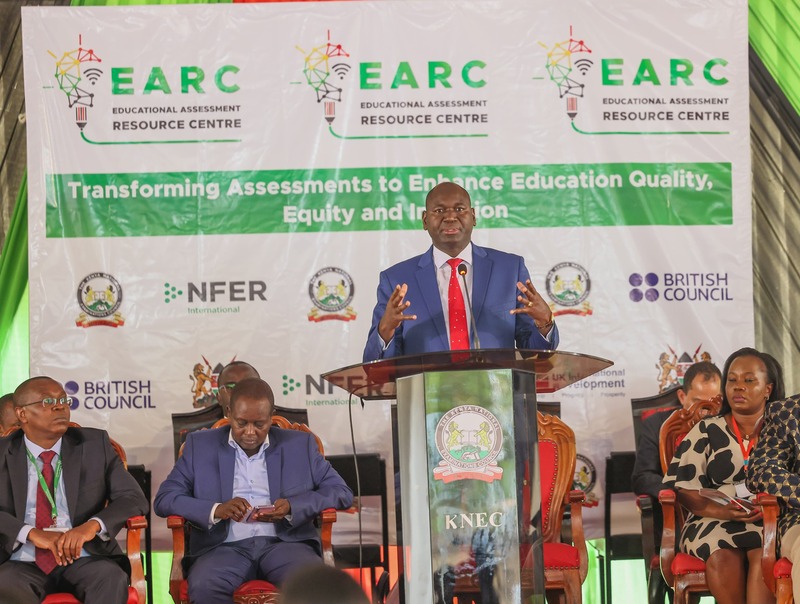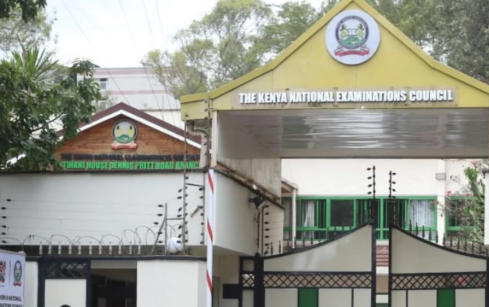Fresh push for 'Railway City' as Kenya, UK renew strategic deal
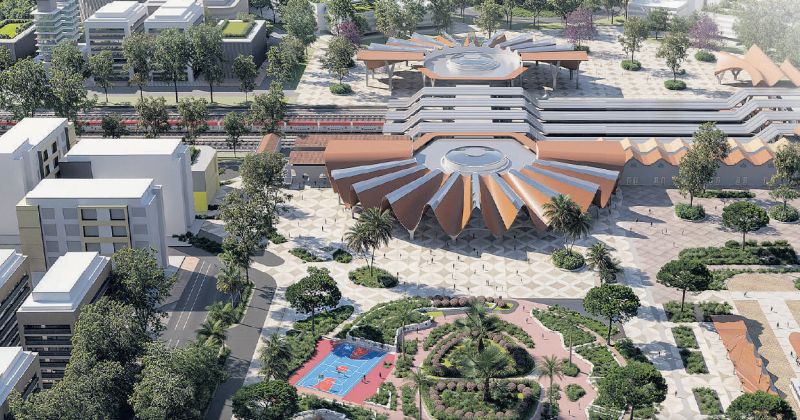
A high-level meeting at 10 Downing Street on Tuesday renewed the Kenya–UK Strategic Partnership, anchoring the major urban regeneration plan that is expected to reshape Nairobi’s transport, housing and economic landscape.
A fresh wave of energy has been injected into the Nairobi Railway City project following President William Ruto’s official visit to the United Kingdom, where he held talks with Prime Minister Keir Starmer.
The high-level meeting at 10 Downing Street on Tuesday renewed the Kenya–UK Strategic Partnership, anchoring the major urban regeneration plan that is expected to reshape Nairobi’s transport, housing and economic landscape.
More To Read
- Two years later, BATUK probe stalls as Kenyan delegation remains silent during UK visit
- Kenya courts UK deals amid infrastructure lessons and uneven gains in London visit
- Saba Saba: Protests loom on July 7 as lobby issues Ruto fresh demands
- UK to inject Sh266 billion into Kenya under new deal focused on trade, climate and tech
- Kenya Railways suspends four Nairobi train services over protests
- Cabinet approves Nairobi Northern Bypass upgrade and railway city project to ease traffic
The Nairobi Railway City, which will sit on 438 acres around the Nairobi Central Railway Station, is a flagship UK-funded initiative meant to improve mobility, create thousands of jobs, and open up new investment opportunities. President Ruto confirmed that financing arrangements for the project are being finalised, with Kenya expected to provide counterpart funding.
“This will create wealth and jobs, and deliver a tangible economic impact. This will be transformative; it will improve mobility, stimulate growth and foster prosperity in the Nairobi Metropolitan,” said Ruto.
Urban transformation and connectivity
Once complete, the new Nairobi Central Station will serve as a modern, multi-modal transport hub with nine platforms and enhanced access bridges.
This will allow up to 30,000 passengers per hour to pass through the station, nearly double the current capacity of 16,000.
The project is designed to integrate various modes of transport, including diesel-electric trains, Bus Rapid Transit (BRT), and non-motorised transport corridors.
Transport Secretary Davis Chirchir is overseeing the infrastructure component, while Kenya Railways Corporation Managing Director Phillip Mainga is leading on planning and implementation, with a focus on land use and stakeholder coordination.
Treasury Secretary John Mbadi is tasked with ensuring financial accountability, and Prime Cabinet Secretary Musalia Mudavadi is overseeing strategic execution.
Approved by the Cabinet last week, the project is part of Ruto’s broader urban regeneration agenda.
It aims to ease congestion in the Central Business District and attract new private investment through a well-planned, inclusive, and vibrant city centre.
Housing, business and green spaces
The Nairobi Railway City will be divided into six distinct precincts, each designed with a specific urban function and character.
These include the MICE Core precinct, dedicated to meetings, innovation, and education and the West Core, which will be a commercial centre with high-end offices and entertainment facilities.
The central station will host transport facilities alongside leisure spaces, cultural centres, offices and retail areas.
It will also be bordered by residential and mixed-use developments offering inclusive housing options, including approximately 10,000 residential units to address Nairobi’s acute housing shortage.
According to Kenya Railways, 97 per cent of single-use developments will be dedicated to housing, while mixed-use buildings will allocate between 10 and 80 per cent of their space to residential use.
A socially focused precinct will deliver sustainable, inclusive housing while preserving Nairobi’s heritage and expanding green spaces.
The plan also includes purpose-built accommodation for at least 2,500 students on a 1.57-acre site near the Technical University of Kenya, aimed at easing the strain on student housing in the city.
Public spaces and green amenities are central to the Railway City vision. These include walkways for non-motorised transport, open public gathering areas, community centres, a fire station, and a new Wakulima Market.
These amenities are meant to boost the quality of life and encourage inclusive urban development.
Kenya Railways noted, “The NRC project will foster a great socio-economic transformation for the city of Nairobi through strategic infrastructure investment and urban planning.”
The market core precinct, in particular, is expected to create jobs by blending infrastructure with inclusive business models. All these are part of a cohesive vision aimed at boosting land value, enhancing public mobility, and regenerating the capital’s inner core.
The project, which was first proposed during the UK–Africa Investment Summit in 2020, reflects deepening ties between the two countries.
The UK government is supporting the Nairobi Railway City’s planning and technical development as part of its commitment under the Kenya–UK Strategic Partnership.
Once implemented, the Railway City is expected to stand as one of the most ambitious urban renewal efforts in Kenya’s history, connecting people, promoting sustainability and changing how Nairobians live, work, and move within their city.
Top Stories Today

